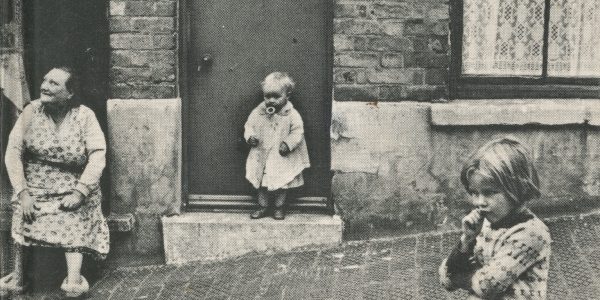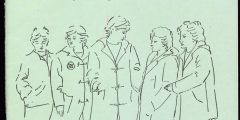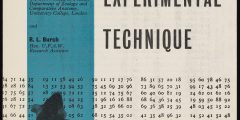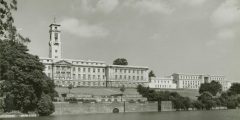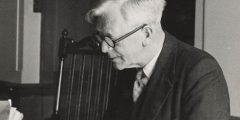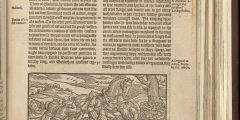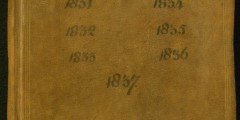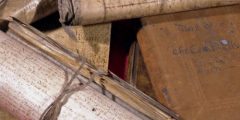Adult Education and Workers’ Control
February 22, 2023
This is a guest post by Tony Simpson, from the Bertrand Russell Peace Foundation and Spokesman Books. The ‘Knowledge is Power’ exhibition at Weston Gallery celebrates the University of Nottingham’s Adult Education Department. In the wake of the First World War, the Ministry of Reconstruction established a special committee which, in its final report in …
The Ken Coates collection – the coal mining industry and its decline in Nottinghamshire
December 14, 2022
This is a guest blog post by Law student Ceyhan Ballioglu, who undertook a placement with Manuscripts and Special Collection in 2022. During the Autumn semester of my second year at the University of Nottingham, I had the opportunity to volunteer at the Manuscripts and Special Collections Department. Here, I was given the chance to …
Advocates for animal welfare
December 1, 2022
Work has just finished on an 18-month project to catalogue papers held by Manuscripts and Special Collections which chart the progress made in promoting the concept of the Three Rs, the guiding principles of Reduction, Replacement and Refinement, in regards to the use of animals in scientific research. The work was made possible by a …
Experiencing Adult Education at Nottingham
November 21, 2022
This is a guest post by Mark Gilman, Professor of Economics at the University of Derby. Knowledge, Power and Class are words close to my heart. As a working-class lad who left school on a Friday in June 1976 and started work on the Monday, with little formal qualification, education left me feeling as though …
Discovering the digital: Developing born digital access
November 3, 2022
This is a post by Laura Peaurt, Digital Preservation Officer. Today we celebrate World Digital Preservation Day. The theme for this year’s event is ‘Data for All, For Good, Forever’, and this event is a chance for us to reflect on our work within Manuscripts and Special Collections to collect, preserve and make accessible our …
One hundred years on: New types of University and new possibilities for lifelong education?
October 21, 2022
This is a guest post by Dr Iain Jones, Honorary Assistant Professor at University of Nottingham. From 27 October 2022 – 12 March 2023, Lakeside Arts is hosting an exhibition ‘Knowledge is Power: Class, Community, and Adult Education’ and a series of lunchtime talks. The University established the first Department of Adult Education in 1920 …
Holinshed’s Chronicles: Shakespeare’s textbook
October 17, 2022
In the 1540s, bookseller and printer called Reyner Wolfe had a grand ambition to write a ‘universal cosmography of the world’, an enormous work that would cover the history of every nation complete with up-to-date illustrations and maps, and, to make it more accessible, written in English. It was quickly apparent that this was well …
My experience interning for Manuscripts and Special Collections
September 27, 2022
This is a guest post by Helena, who successfully applied for a Faculty of Arts funded summer work experience placement. I’m Helena, a second-year History student at the University of Nottingham and I had the amazing experience of getting a placement and working at King’s Meadow Campus for a couple of weeks. My role was …
Around with William Parsons
September 22, 2022
This is a guest post by Dr David Beckingham, Associate Professor in Cultural and Historical Geography at the University of Nottingham and curator of the exhibition ‘Last Orders: stories of alcohol and abstinence in the East Midlands’. The task of putting together this exhibition was enabled by the cataloguing work of colleagues and volunteers at …
Thoroughly Modern Manor
August 30, 2022
At first glance the village of Laxton in north Nottinghamshire does not appear unusual. A few miles from the A1, it is surrounded by farmland and has been inhabited for at least 1000 years. It is estimated from Domesday Book that Laxton may have been home to 120 people in 1086. The population was around …

